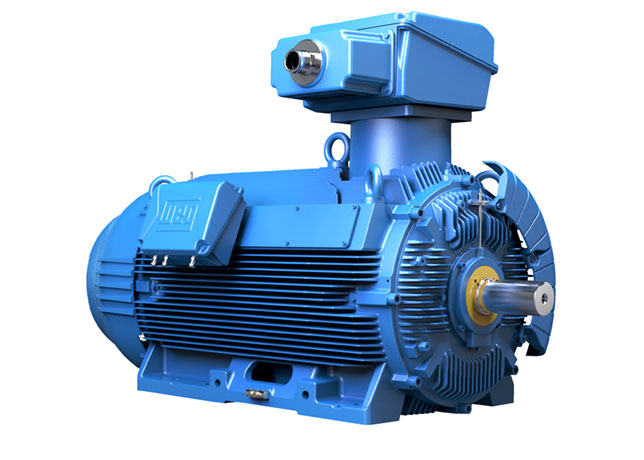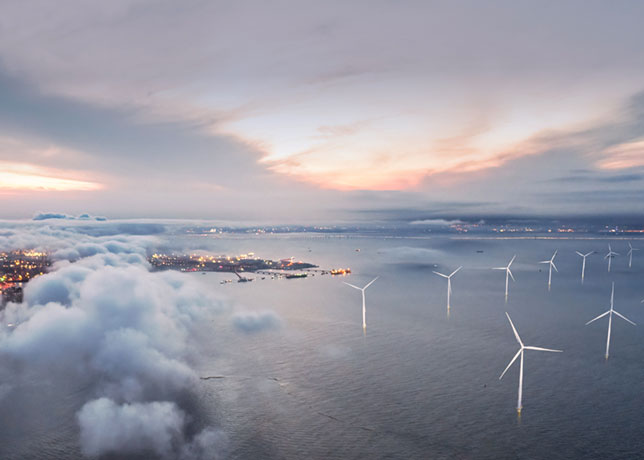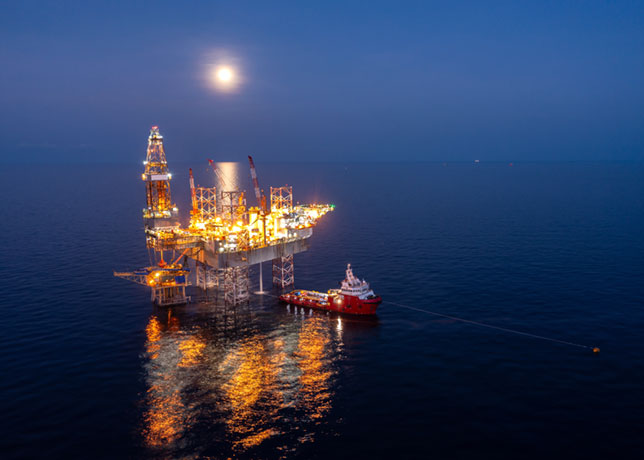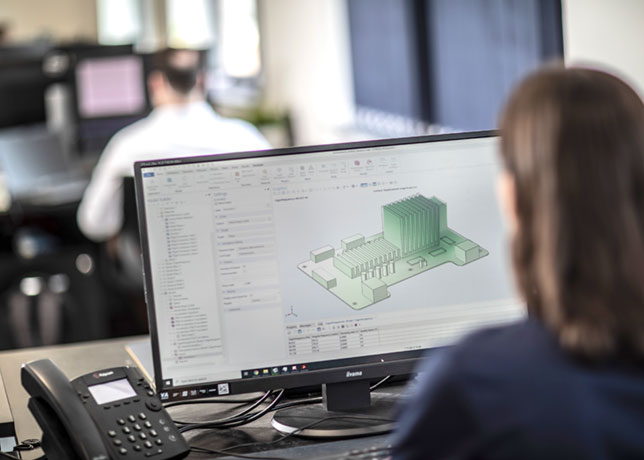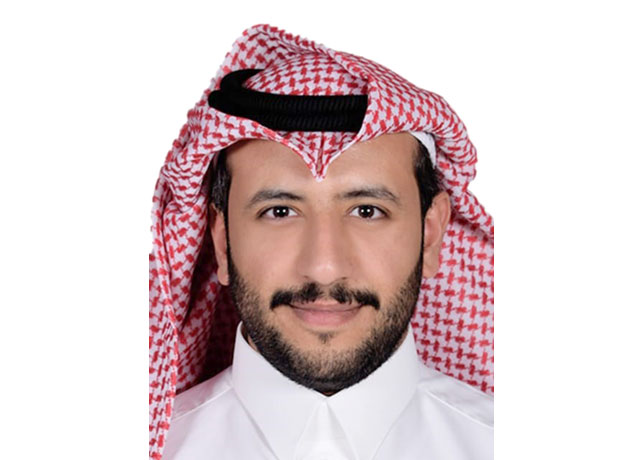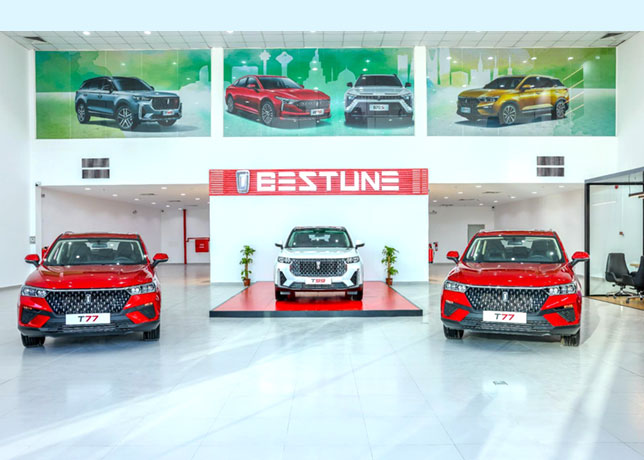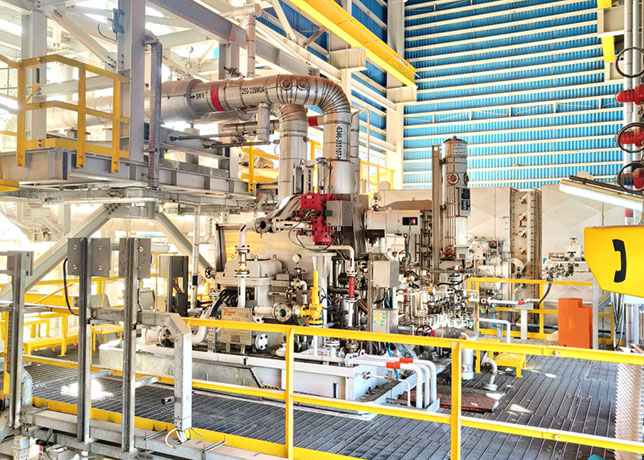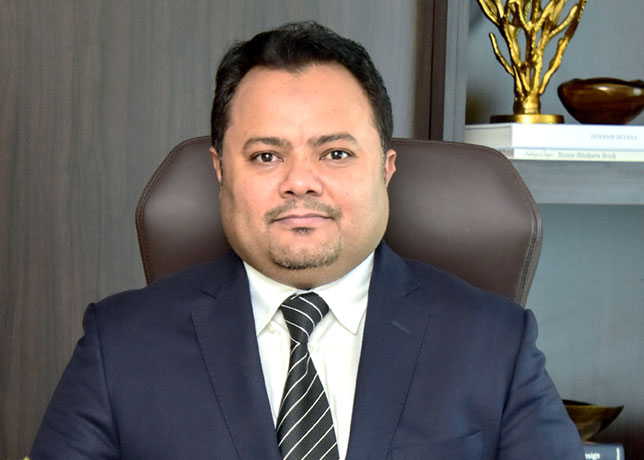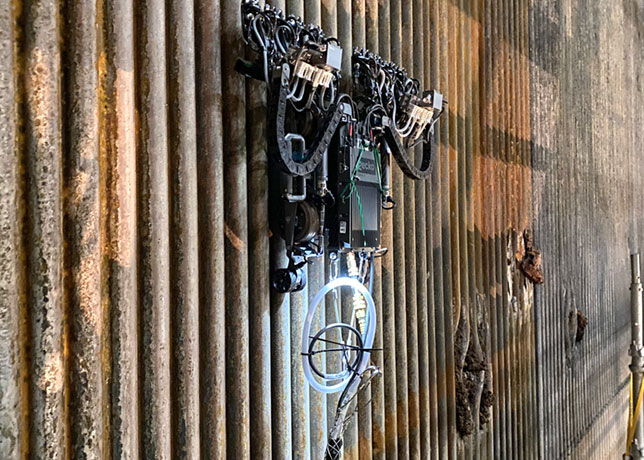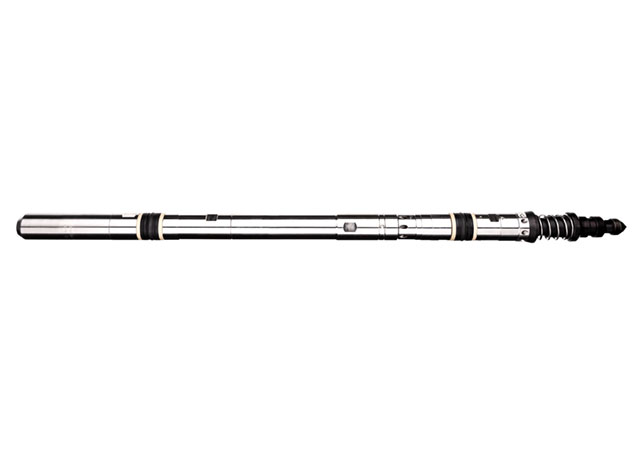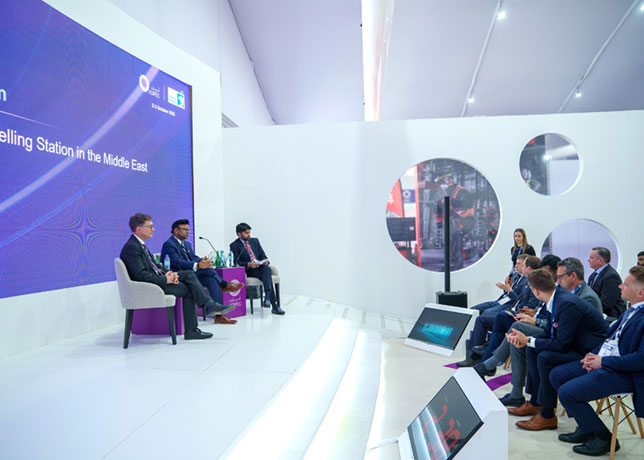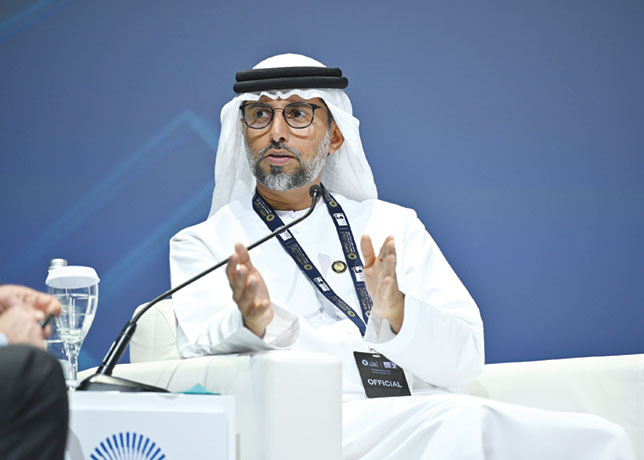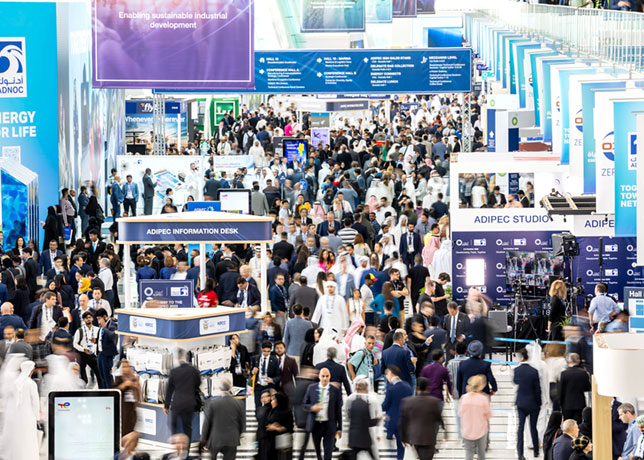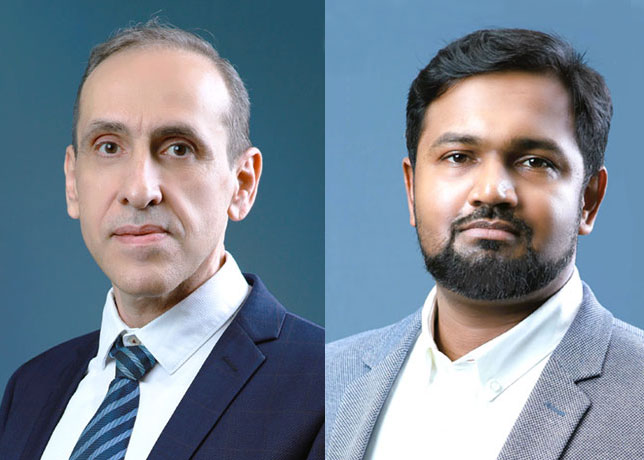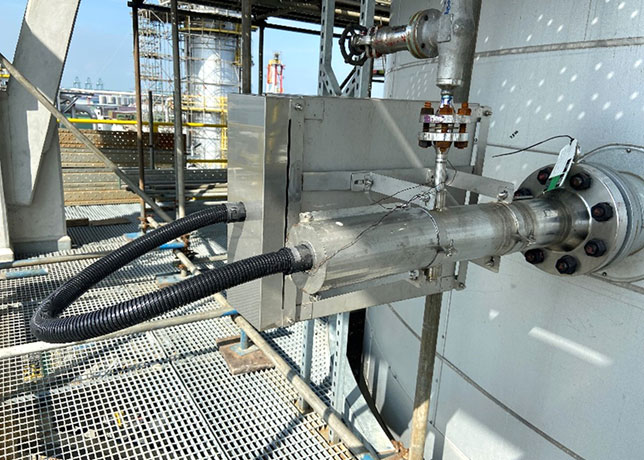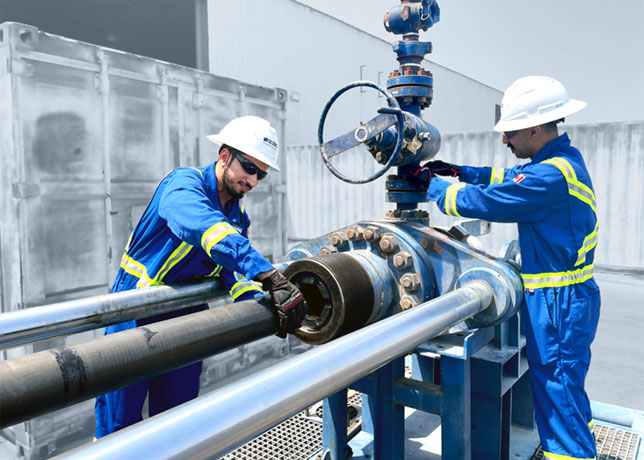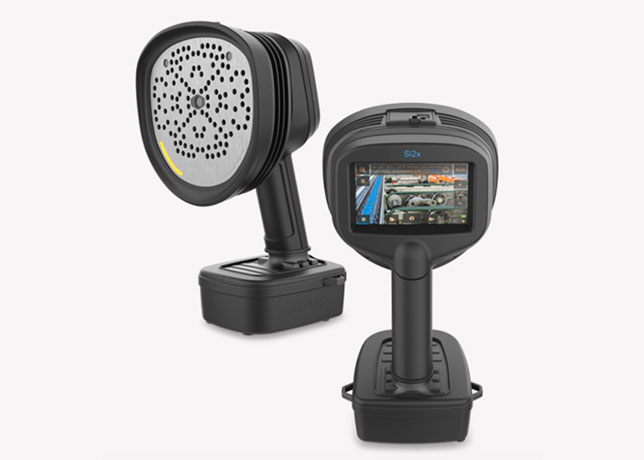
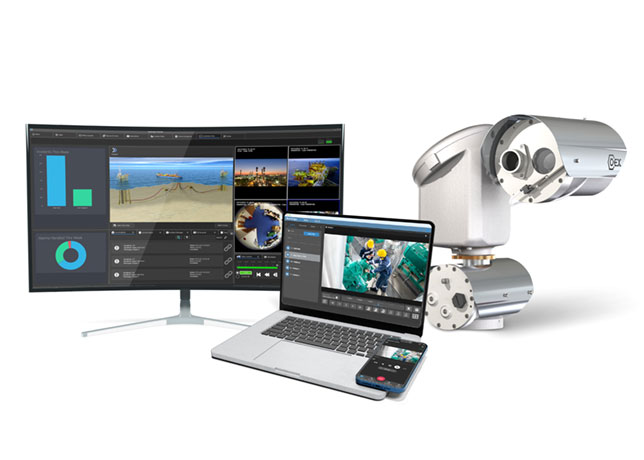
Synectics, a leading provider of advanced surveillance systems, will showcase its latest technologies at ADIPEC, focusing on detecting security threats to oil and gas operations.
The company will use Artificial Intelligence, analytics-enabled COEX cameras, and integration capabilities to improve remote and on-site monitoring for new and existing facilities.
With nearly four decades of experience, Synectics is the top provider of surveillance equipment for FLNG facilities worldwide, supporting customers in the energy transition.
IMPROVED SAFETY PROTOCOL ENFORCEMENT THROUGH AI
Synectics’ latest technology innovations include Synergy DETECT, which allows users of Synergy security and surveillance software to leverage AI-based detection solutions depending on their specific needs.
This includes some very relevant solutions for ADIPEC visitors. “When the PPE detection tool is activated, for example,” says Darren Alder, Head of Oil & Gas at Synectics, “an alert is generated whenever a worker appears in the frame without a protective helmet or high-visibility vest. This is a significant benefit for efficient safety protocol enforcement.”
The Hazardous Area feature is available as part of Synergy DETECT. This feature triggers alerts whenever people or vehicles enter zones designated as dangerous, such as areas immediately surrounding hazardous processing equipment or storage areas.
Darren adds: “Another safety-related feature I think will be of interest is Fall Detection. It’s common practice for oil and gas teams to have ‘man-down’ sensors linked to their radios, but in reality, this only detects when the radio falls or is placed on the floor. The Fall Detection feature uses AI to immediately spot a slip, trip, or fall – ensuring those in need receive help as quickly as possible.”
Synergy DETECT also features several security-focused features for monitoring the presence, movement, and behaviour of people and vehicles (land, water, or air), making it incredibly useful for protecting oil and gas sites from unauthorised access and potentially malicious attacks.
ANALYTICS-BASED RISK DETECTION ‘AT THE EDGE’ WITH COEX
Synectics’ safe-area, hazardous-area, and thermal COEX camera stations – widely used in oil and gas environments for their reliable performance and image clarity even under extreme conditions – also offer more ‘built-in’ AI capabilities.
“Our cameras have featured edge-based video analytics for a while, but our latest models take things a step forward”, explains Darren. “For instance, where they were previously able to detect left or removed objects or intrusion into areas marked by ‘virtual tripwires’, they can now classify people and vehicle types for improved risk detection and filtering so that surveillance teams can quickly focus in on what matters, and – by reducing the risk of false positives – rule out what doesn’t.”
These built-in analytics capabilities, coupled with the fact that COEX cameras will integrate with virtually any control software, also mean operators can benefit from AI more flexibly – in a way that suits their specific set-up. Darren adds: “The flexibility of both COEX cameras and our Synergy security and surveillance software is particularly beneficial for upgrade projects as, whether working with TSIs, EPCs or directly with end users, we can advise on and implement the best options for the existing infrastructure.”
RECOGNISE DANGER WITH RADAR AND RADIOMETRICS INTEGRATION
In addition to demos of the enhanced capabilities of COEX cameras, ADIPEC visitors will be able to witness other powerful integrations in action, including radiometrics and radar.
On the stand will be a COEX TriMode camera station – as used by Aramco’s Zuluf development – to demonstrate how these capabilities can be applied in a range of different scenarios, from flare stack monitoring to intruder detection.
Ross Chapman, International Business Development Manager at Synectics, comments: “We’re seeing a great deal of interest from the sector, in particular regarding radiometrics, and with good reason. Wherever visibility is compromised due to operating conditions, or where 24/7 security is non-negotiable, radiometrics integration delivers a range of very clear benefits, making it possible to detect risk through heat variation.”
REMOTE MONITORING FOR COST AND ENERGY-SAVING
The AI solutions and cameras at ADIPEC and Synergy’s remote access capabilities will also appeal to delegates investigating opportunities to reduce resource and energy inefficiencies.
Ross adds, “Remote monitoring is a key trend right now, especially offshore, where we are seeing more sites switch to being unmanned or operating with skeleton crews to reduce energy consumption. Monitoring these sites remotely means fewer human resources are needed without compromising safety or security.
“Remote surveillance solutions also appeal to oil and gas operators who wish to centralise process and security monitoring. For management teams, securely viewing live data and dashboard reports from multiple sites, whether in the same country or across an entire continent, is crucial. We look forward to discussing the opportunities available with those attending the show.”










































































